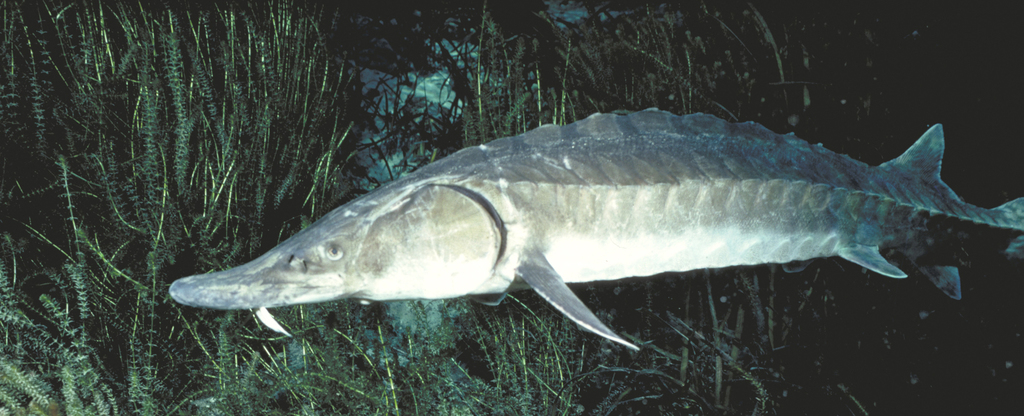The Environmental Protection Agency (EPA) proposed a change to water quality standards in the stretch of the Delaware River that runs from above Philadelphia to below Wilmington, Delaware.
These new rules aim to increase the levels of dissolved oxygen in the river to protect the Atlantic Sturgeon, an endangered species of fish that swim up the Delaware to spawn and lay their eggs.
A big factor impacting dissolved oxygen levels in the river is Ammonia, a component of treated wastewater. Ammonia consumes oxygen. During warmer times of the year when oxygen levels lower, the additional loss of oxygen can damage aquatic life. The Philadelphia Water Department (PWD) is by far the largest contributor of Ammonia to the Delaware River as the provider of wastewater services to more than 2 million people.
The PWD analyzed sturgeon data from the Delaware River, and the methodology behind those data. The PWD analysis raises questions about the proposed criteria’s benefits to the sturgeon. PWD also considers the costs associated with these improvements, which would compete with the costs associated with infrastructure improvements such as lead pipe replacement and stormwater management.
“Without significant financial support from the state or federal government,” the statement says, costs “will be passed on to customers through higher water bills for years to come.”
“PWD shares the goal of protecting sturgeon and improving the ecological health of the Delaware River. This summer, construction begins on a new $70 million treatment facility that will reduce oxygen-depleting ammonia on an efficient scale and at a reasonable price. But before we spend big, it is our responsibility to examine the science behind the regulations, weigh the increased cost of water for all Philadelphians, and ask whether increased oxygen levels are the key to protecting sturgeon.”
To read PWD’s February 7th statement on the EPA’s proposed regulations, and the scientific analysis behind it, link to the Philly H2O website here.
The public can provide comments about the proposed regulation changes through the EPA website no later than February 20, 2024.
